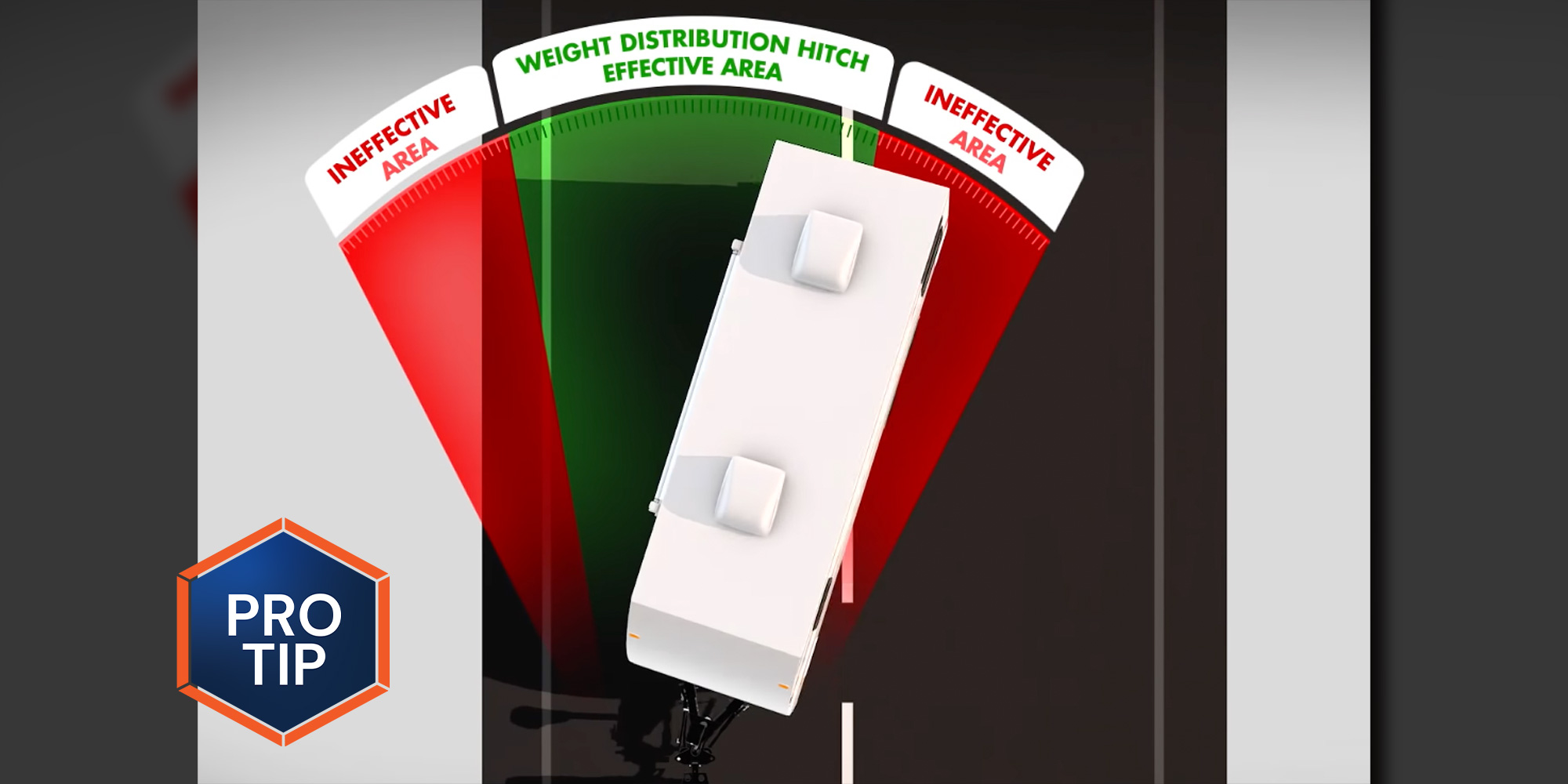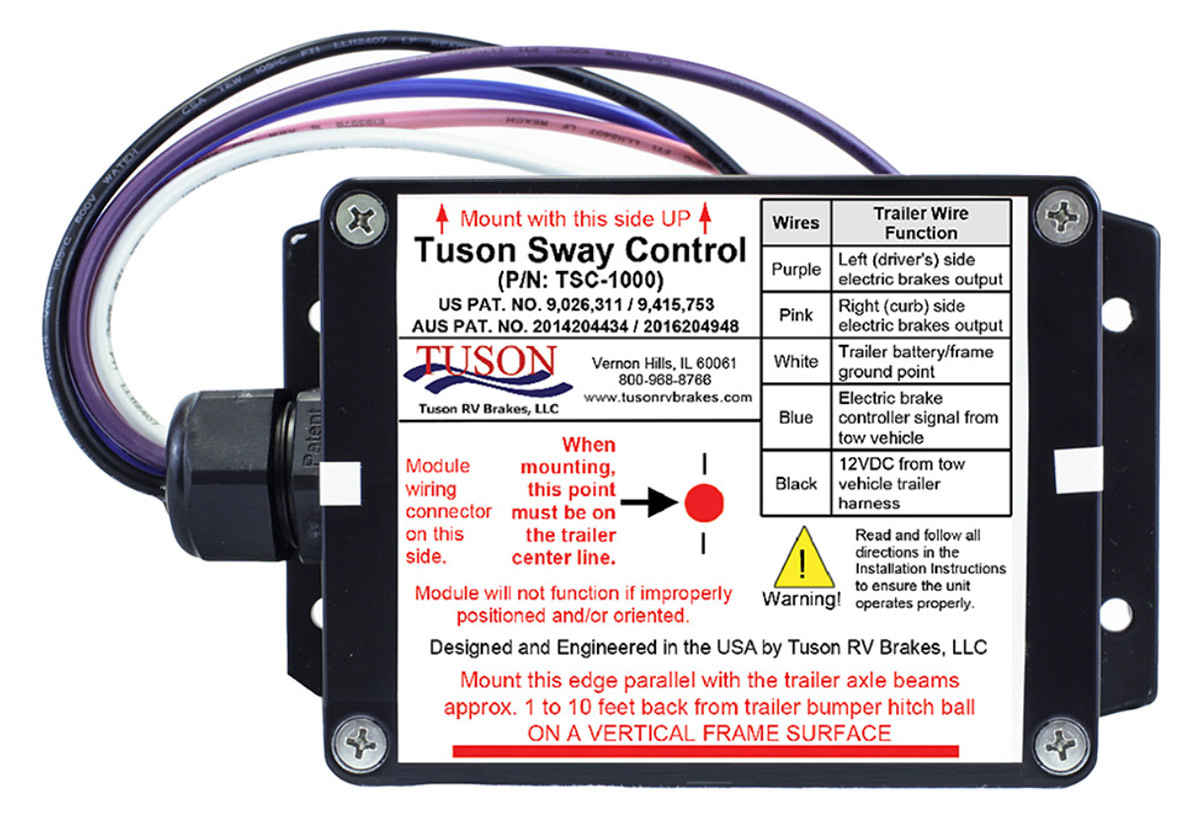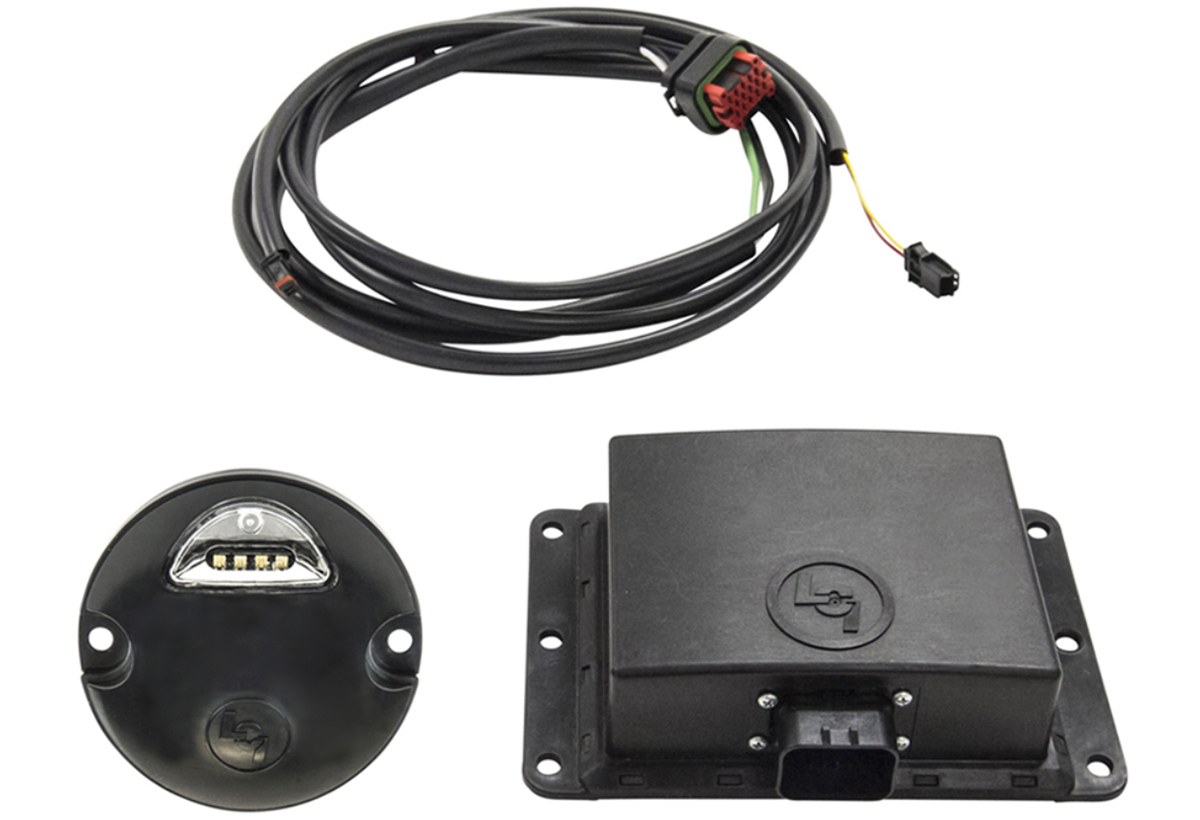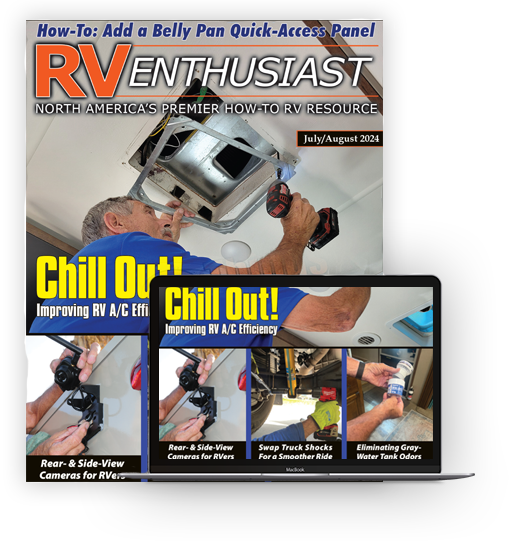Taking the Sway Away

It doesn’t take much to send a trailer into a sway event. Travel trailer sway can be caused by a number of factors. One of the most common is insufficient hitch weight, which may be caused by the trailer’s design or the way the trailer is loaded. Other potential causes include making emergency maneuvers, being passed by larger vehicles (that tend to suck you into their draft), uneven terrain and, of course, high winds. Longer, lightweight or “ultra-light” trailers may have more surface area for the wind to blow against or reduced mass, which simply makes them easier to push around. And before you think it can’t happen to you, Google any of the hundreds of documented instances where ultra-heavy 18-wheelers are tossed about like matchsticks by extreme wind gusts.
But even if your trailer has the minimum requisite 10% of its weight over the hitch (which you can determine by weighing it on a public scale) and it is correctly loaded, you may still experience trailer sway that is bad enough to make you feel uncomfortable while towing. We know of some RVers who won’t even tow at all on windy days for fear that they could lose control of their rig.
If you’re new to RVing and are just beginning to shop for equipment, you should strongly consider a hitch system that incorporates sway control — but even if you already own a hitch, often a sway control unit can be added to it. These are typically friction-type sway-control systems that make it more difficult for sway to begin but aren’t designed to stop it once it starts. If you want to practically eliminate sway altogether, consider a complete hitch system designed for this purpose, or an add-on electronic sway-control system such as those shown here. They’re not cheap, but both have been proven to be extremely effective; make sure any electronic sway-control system is compatible with your brake control device.


Keep in mind that an add-on electronic sway control system is not intended as a replacement for weight distributing hitches, which should always be used for safe towing. Why add sway control if you already have a weight distribution hitch? Because while a weight-distributing hitch can help compensate for minor sway events, it is not intended to control fishtailing that can affect towing safety, unless integrated into the overall design of the hardware.
If you ever encounter trailer sway while towing, release the throttle and apply the trailer brakes only using the brake controller — do not apply the tow vehicle’s brakes. The trailer brake application will force the trailer to pull itself straight again and will help slow the entire rig at the same time. If you think the sway was speed related (it often can be) take note of your speed and when the sway occurred — and slow down.
Already a Subscriber? Click here for Access to the Full Issues.

